Royals want a new ballpark, but these thousands of fans think The K is still mighty fine
Editor’s note: Reality Check is a Star series holding those in power to account and shining a light on their decisions. Have a suggestion for a future story? Email tips@kcstar.com.
If you attended a ballgame at Kauffman Stadium this summer, you might have seen her standing in the upper deck, first base side.
Or maybe you saw a photo of her on a Facebook group page dedicated to the stadium’s preservation: A smiling woman holding a white pillow case across her midsection with a message spelled out in blue duct tape.
“Keep the K,” the sign read, leaving no doubt as to where Di Lupton stands on the stadium issue.
“I just wanted to show my thoughts,” Lupton said. “I don’t feel that they’ve made the case that the stadium’s falling apart beyond repair. I haven’t seen anything that says that it’s a necessary move.”
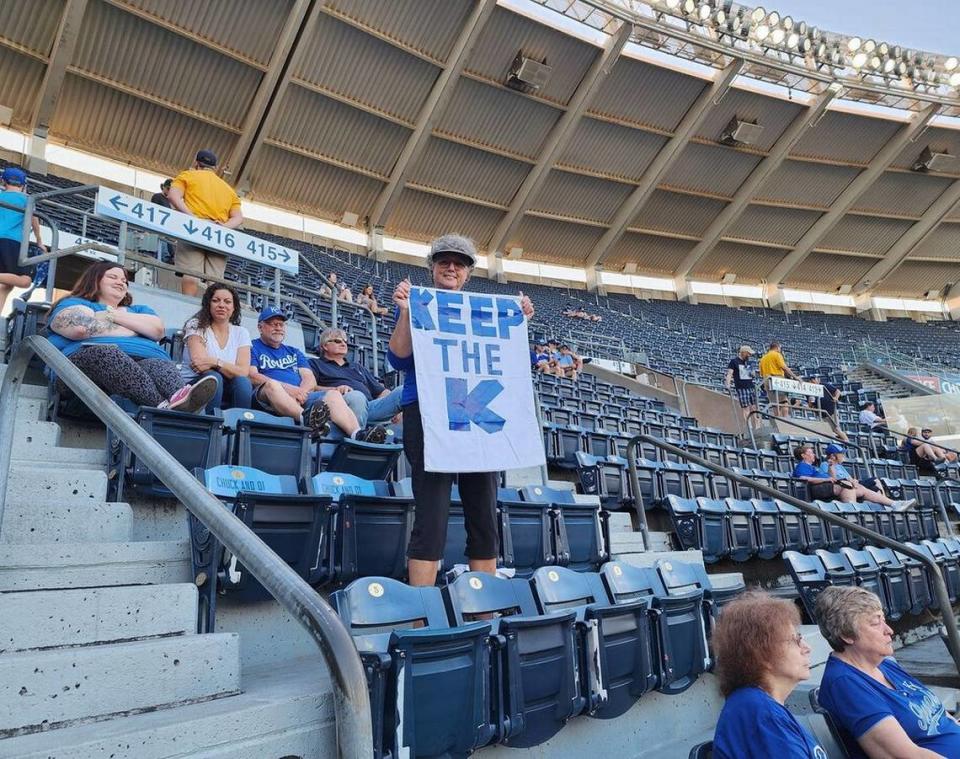
Her view that the team should stay put is shared by many Kansas City baseball fans who have congregated on social media in recent months. They think principal owner John Sherman should give up on his dream of building a new stadium in downtown Kansas City or north of the river by 2028 with hundreds of millions of dollars in public support.
At Kauffman, the parking’s abundant, they say. Perfect for tailgating. The Truman Sports Complex also has good highway access for fans who come from a far-flung region.
And between the fountains, superb sightlines and its long and storied history, Kauffman remains a gem, according to Lupton, 70, who’s been going to games there since the park opened 51 seasons ago. She and her husband, Chuck, have been season ticket holders since 2015.
“It’s beautiful. It just seems classic,” the Olathe resident said. “I have no interest in going downtown. It’s okay for maybe a one-time event. A concert. But for 50 games, 50 times a year messing with the traffic. No way!”
Swelling virtual support to save The K
Hundreds of people like Lupton have left thousands of similar comments on the Save Kauffman (Royals) Stadium at Truman Sports Complex group page on Facebook. Among them are current and former elected officials, civic leaders, as well as sports fans who either love the stadium or simply see no point in building a new one.
Author and former radio announcer Joe Vaughan founded the Facebook page two years ago, around the time Sherman first signaled that he might favor a new downtown ballpark, which was an idea that had been kicking around for decades but wasn’t supported by the previous ownership group headed by David Glass.
That changed with Glass’ sale of the team to Sherman and his partners in the last half of 2019. Long-time proponents of downtown baseball were jazzed, and momentum built.
As the downtown stadium discussion grew increasingly serious this year and the team produced renderings in August showing what a new ballpark might look like downtown or in North Kansas City, Vaughan’s tiny Facebook group of a few hundred members became a destination for Kauffman Stadium fans.
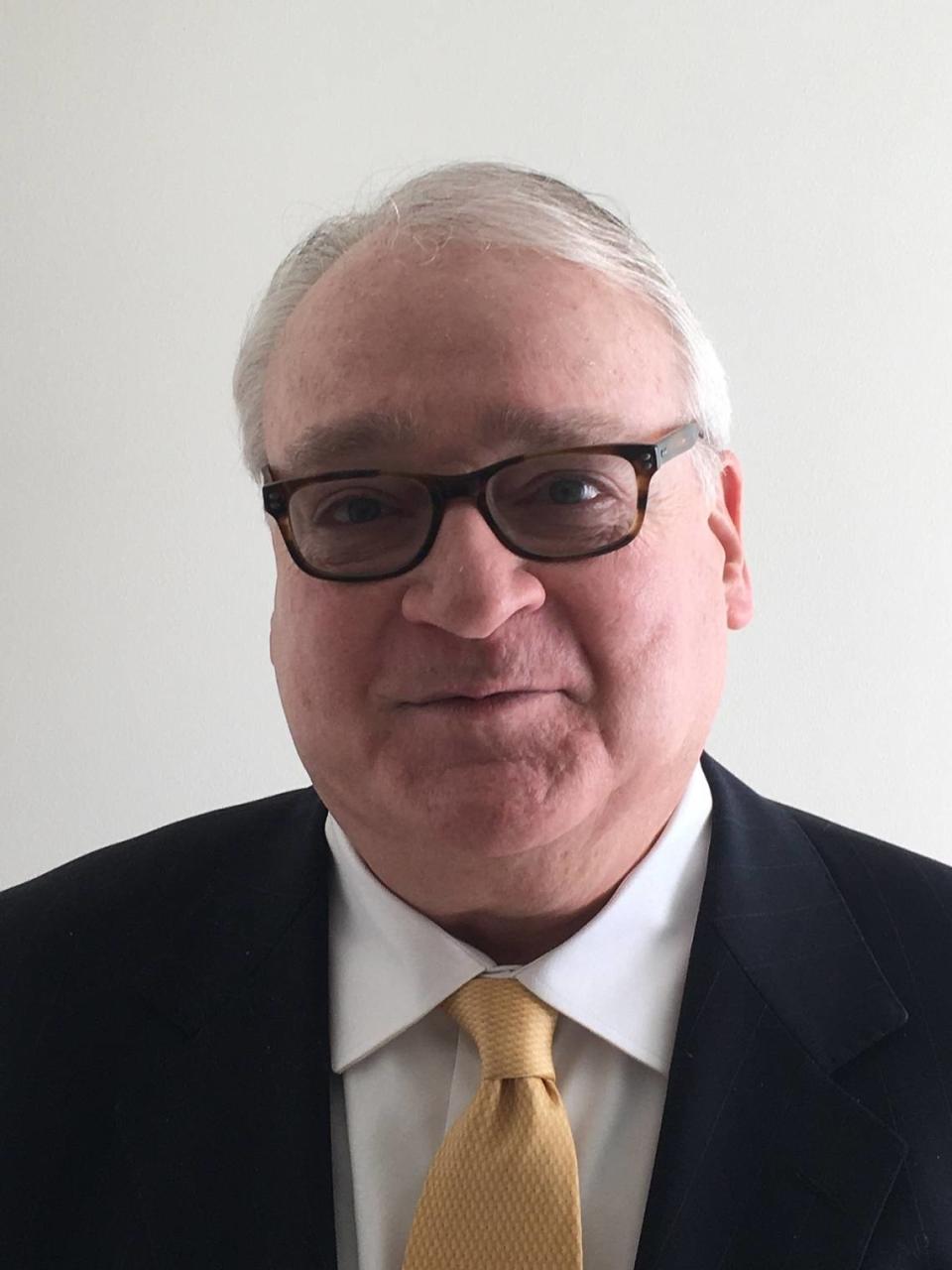
Where two months ago the group had fewer than 1,000 members, now there are 6,700. And the number keeps growing with every bit of new information surrounding the closed-door negotiations between the Royals and local government officials concerning a public financing package for a new ballpark.
“I don’t remember a former situation where that many people that quickly formed a group to oppose something,” said Becky Nace, a frequent contributor to the group’s discussion who served two terms on the Kansas City Council and ran unsuccessfully for mayor in 2007. “It was a grassroots effort that truly shocked me.”
Some members are lurkers who joined to keep abreast of the conversation. News reporters, for instance. Many others show their support by liking the comments of the more than 700 who have posted sharing ideas, poking holes in the team’s assertions about the stadium’s structural well-being or celebrating the ballpark they love and respect.
“These are thoughtful people who are presenting alternative ideas and good ideas for what could be done with the present situation,” Vaughan told The Star. “I think there are a lot of unhappy people who feel like they’re not being heard.”
The way Vaughan, Lupton and other fans who want to keep The K see it, the public narrative has skipped a step and left them out.
That the Royals will move into a new stadium has been treated as a fait accompli, as if all that’s left to decide are the details. As if it’s merely a matter of where the new stadium will be and how it will be paid for, rather than if one should be built at all at public expense.
Old and still beloved
Kauffman Stadium may be 50 years old, but it’s in good company, they say.
“So? Dodger Stadium is sixty years old, and the Dodgers renovated it,” frequent Save Kauffman group contributor Jim Meyer wrote recently.
“Wrigley Field is 108 years old, and the Cubs renovated it. Fenway Park is 110 years old, and the Red Sox Renovated it.
“If those ball clubs could renovate their ball parks, why can’t Kauffman Stadium be renovated?”
Kauffman Stadium is the sixth oldest of the 30 major league ballparks, but has held up well, both structurally and in terms of its reputation for being a good place to catch a ballgame.
It was erected in an era when many other cities had built round, cookie-cutter stadiums. They could accommodate both football and baseball, but that was never a good idea. The crowd was far from the action. Only one baseball club still plays in one (the Oakland Athletics) and it wants out.
Kansas City famously built twin stadiums side by side in our sports complex: one for baseball, and one for football.
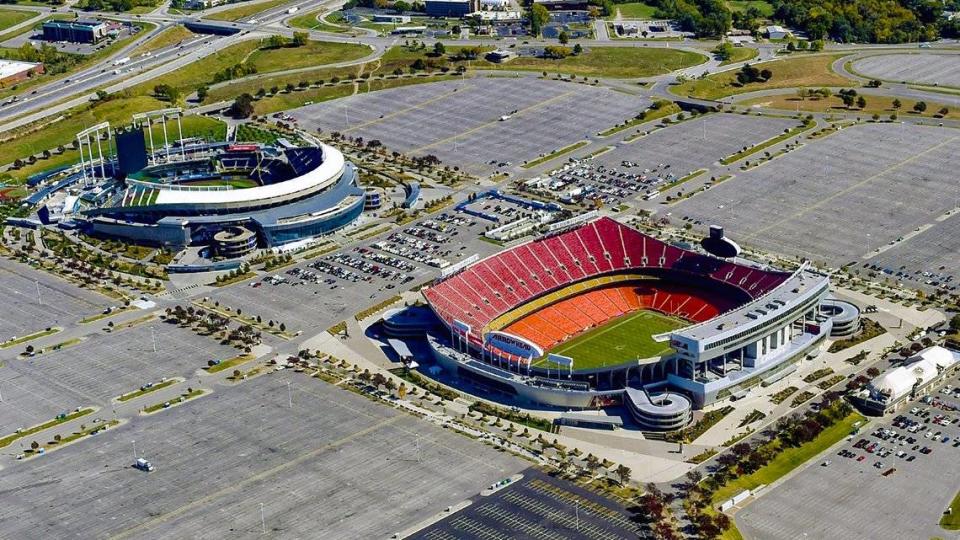
Royals Stadium, as it was known from its opening in 1973 until it was renamed 20 years later in honor of team founder Ewing Kauffman, was the sole baseball-only stadium built in the majors between when Dodger Stadium opened in 1962 and the new Comiskey Park (now Guaranteed Rate Field) opened in Chicago in 1991.
New York Times writer Joseph Durso declared the new ballpark “elegant” when Royals Stadium hosted the All Star Game that first summer.
Kauffman continues to get rave reviews, almost always finishing in the upper half of rankings of the top stadiums in Major League Baseball.
USA Today had Kauffman in 16th place this year, beating out newer ballparks, and would have ranked higher but for the publication’s ding on the location being far from downtown.
Sports Illustrated ranked The K in 18th place for similar reasons.
“But give the Royals credit for a $250 million renovation after the 2009 season that upgraded the aging park. Switching the playing surface from artificial turf to natural grass in 1996 also made it more appealing. It’s one of the older stadiums still in use (built in 1973) but it’s held up well.”
Bleacher Report in 2018 ranked it No. 9, right behind Fenway Park, and Fox Sports in 2020 ranked it in eighth place behind Dodger Stadium.
Fans rank it higher, according to the algorithm at Review Trackers, which in 2022 analyzed 130,000 fan reviews online and scored 550,000 keywords in four categories to find that Kauffman ranked fifth overall and second for family experience.
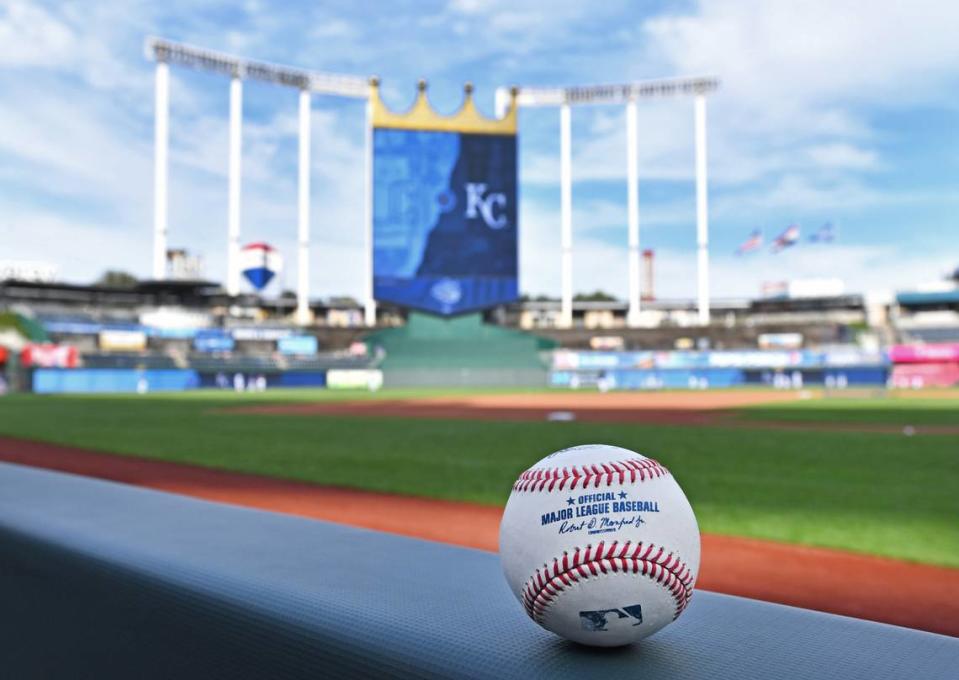
But what about the concrete?
Sherman has been careful in his public comments to acknowledge fans’ fondness for Kauffman and its storied history.
In an open letter to the community last November, he referred to Kauffman as the team’s “treasured home for the last half century.” But in the spirit of “Mr. K”, the team’s founder, Sherman wrote, “Our current mission is to look ahead to ensure that Major League Baseball and the Kansas City Royals will thrive in this region for decades to come.”
He said it had become challenging to maintain the stadium.
About the same time, the Kansas City-based sports architecture firm working for the Royals, Populous, reported that the concrete structure was deteriorating from alkali silica reaction, or ASR. Moisture causes concrete to swell, crack and crumble.
“This is typically known as cancer of the concrete,” Sarah Dempster, a principal at Populous, said. “Getting another 30 years of life out of the concrete could require major removal and replacement of the concrete that is affected by the ASR.”
People posting on the Save Kauffman group page have questioned why it is, then, that the Chiefs have not raised similar concerns about Arrowhead Stadium, also built from concrete at the same time and also exposed to the same weather conditions.
Among them is group member Sean Smith, who more importantly represents the 6th District on the Jackson County Legislature, which will decide whether to approve any change in the Royals’ lease that would allow them to leave Kauffman before it expires on Jan. 31, 2031, and whether to put a sales tax extension on the ballot to pay for a new ballpark.
“I’m just looking at the question about Kauffman and saying do we really have a problem? What do the voters want, taxpayers want,” he said in an interview.
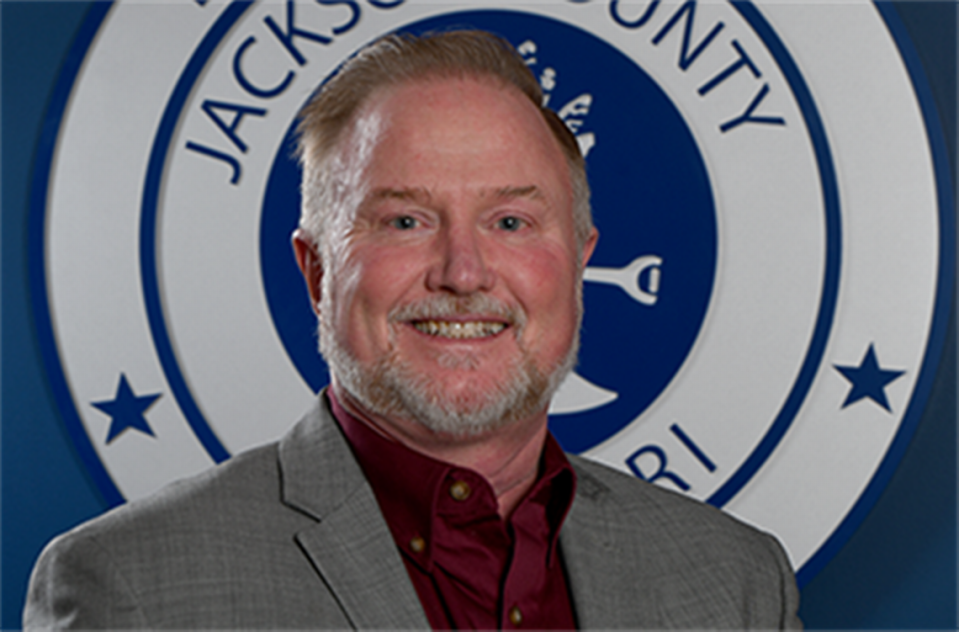
Smith supports hiring an independent engineering firm with no ties to the Royals to investigate the concrete cancer claim.
Personally, he hopes the team stays put and is not shy about letting his constituents and colleagues in the legislature know that. At a recent meeting in the courthouse, he drank from a “Save Kauffman” coffee mug he bought online. On Election Day he posted a photo on Facebook of him wearing a T-shirt that said “You Can’t Spell Kansas City Without The K.”
That shirt, stickers and other Save The K merch are also available with the click of a mouse and your credit card.
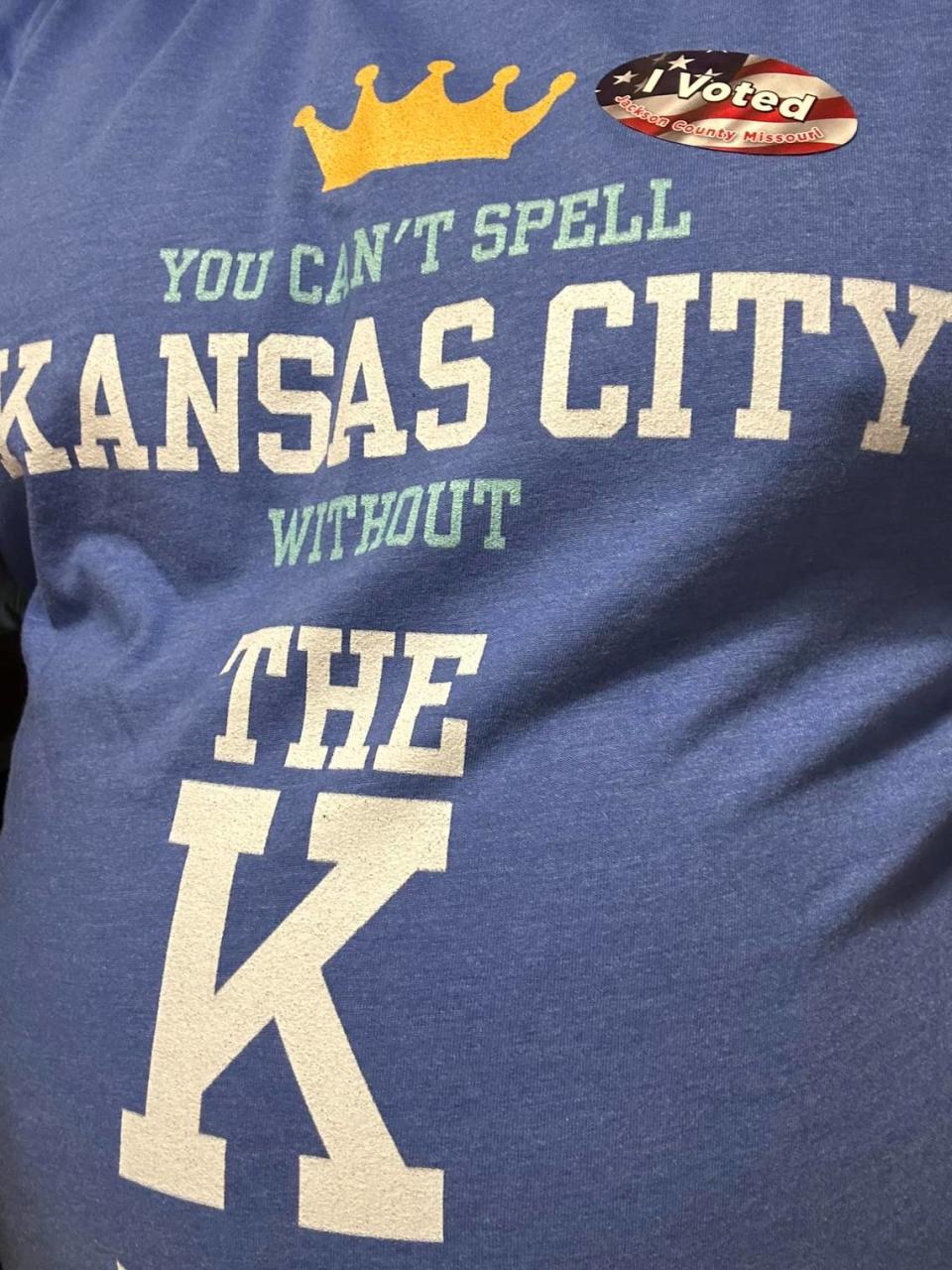
A possible middle ground
Some of the dialogue on the Facebook page acknowledges what may be the possibility that a move downtown would not be all bad. But in doing so, poster Bryan Stalder recently proposed something of a middle ground.
Instead of building a new ballpark in the East Village area alongside a proposed ballpark entertainment district that he said would drain revenue from existing businesses in the heart of downtown, why not this?
Build the new ballpark where the former Kansas City Star printing plant now sits vacant at 1601 McGee St. That way the new stadium could help bolster business at the existing Power and Light entertainment district, rather than detract from it and further erode the city’s finances.
Taxpayers already underwrite the debt on that development.
“Nothing short of saving Kauffman really makes sense for KCMO taxpayers,” he wrote, “but if the Royals move, it has to be downtown and we should really push for the KC Star site to be the location, not the easy village.”
That site was one of many the Royals considered over the past couple of years.
But the current site is still Vaughan’s favorite.
“There’s a 50-year heritage and tradition there,” he said. “I’ve talked to guys who literally grew up out there. And they went through the lean years and the good years and there are really genuine memories there and some of our community history. And should that all be abandoned?”
That decision will ultimately be up to the voters to decide.

